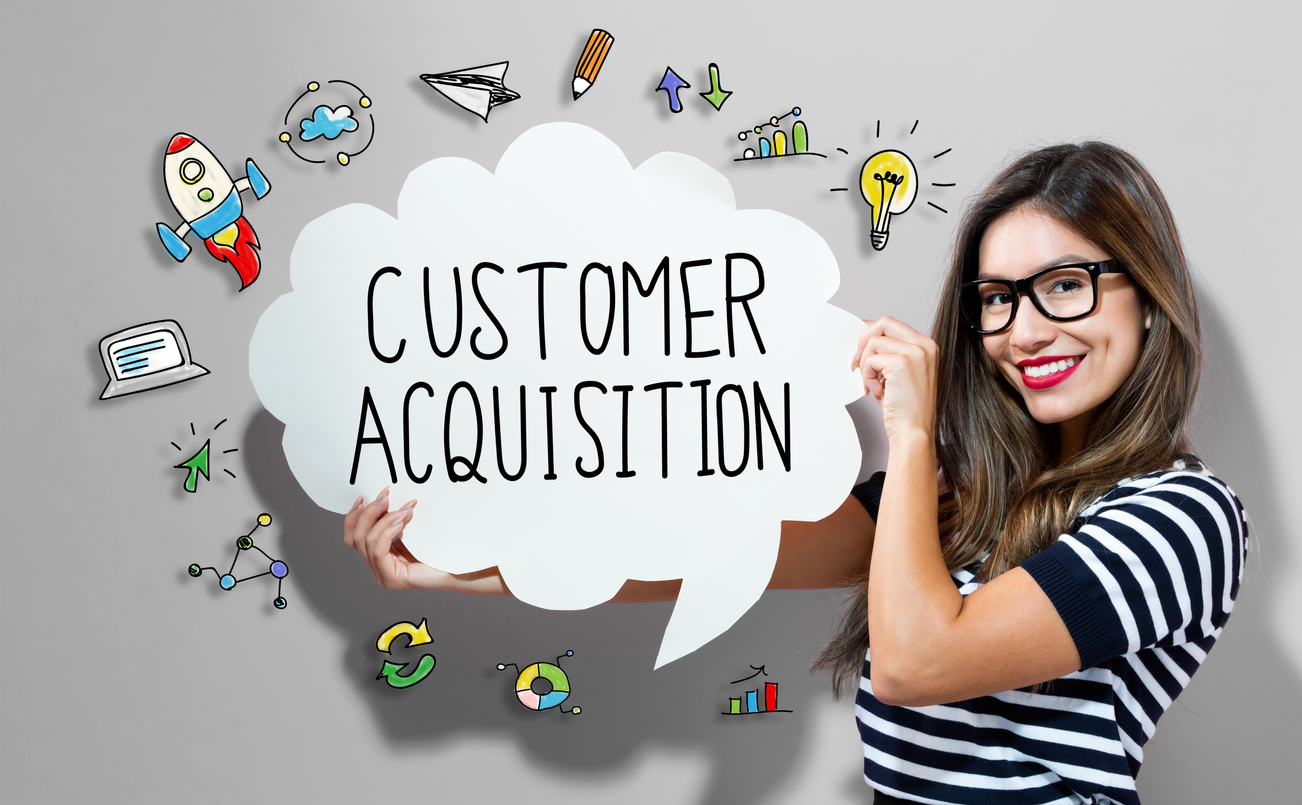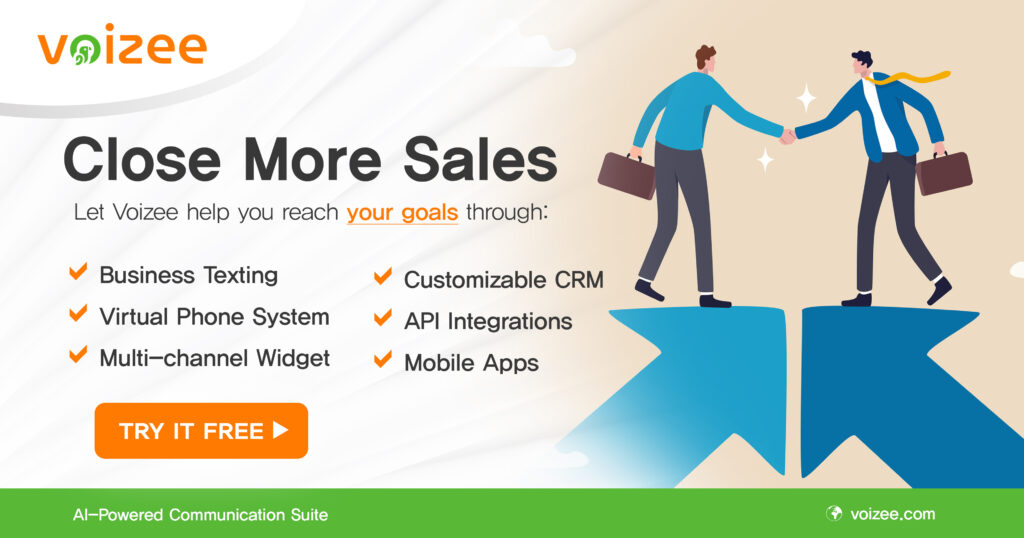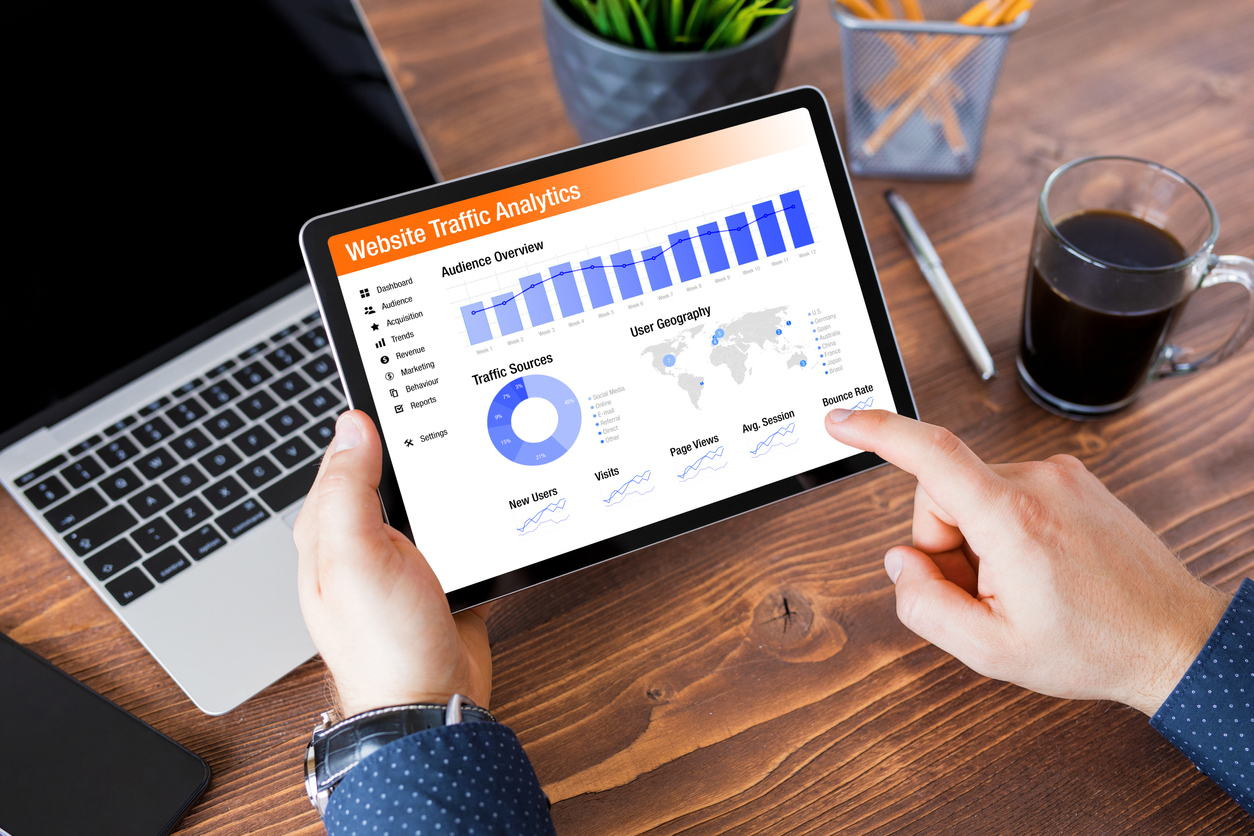Customer Acquisition Cost: Calculating and Optimizing Your Business’s Growth
In today’s competitive business landscape, acquiring new Customers is crucial for sustainable growth. However, understanding the cost associated with acquiring new Customers is equally important. This is where the concept of Customer Acquisition Cost (CAC) comes into play. In this blog post, we will delve into the meaning of CAC, explore its significance for businesses, and discuss strategies to calculate and optimize this metric.
What is Customer Acquisition Cost (CAC)?
Customer Acquisition Cost (CAC) is a fundamental metric that helps businesses determine the amount of money they need to invest in acquiring a new Customer. It represents the total expenses incurred across various marketing and sales activities divided by the number of Customers acquired within a specific period.
Importance of CAC for Businesses:
- Financial Planning: By understanding the cost associated with acquiring new Customers, businesses can allocate their resources more efficiently. It helps in budgeting marketing and sales efforts and facilitates accurate financial projections.
- Performance Evaluation: CAC serves as a benchmark to evaluate the effectiveness of marketing and sales strategies. It allows businesses to compare the cost of acquiring Customers across different channels and assess their return on investment (ROI).
- Pricing and Profitability: CAC plays a significant role in determining the pricing structure and profitability of products or services. It helps businesses set appropriate pricing levels that cover customer acquisition costs and generate profits.
Calculating CAC:
Calculating CAC involves considering all the costs associated with Customer acquisition during a specific time frame. Here’s a simplified formula:
CAC = (Total Marketing and Sales Expenses) / (Number of New Customers Acquired)
However, it’s essential to consider the following aspects when calculating CAC:
- Time Period: Determine a specific period, such as a month, quarter, or year, to calculate CAC consistently.
- Inclusive Costs: Include all relevant expenses, such as advertising, marketing campaigns, salaries, commissions, software subscriptions, and overhead costs associated with acquiring Customers.
- Attribution: Assigning costs to specific marketing channels or campaigns can help identify which channels are most effective in driving Customer acquisition.
Optimizing CAC:
Reducing CAC and improving its efficiency can lead to higher profits and better business growth. Here are some strategies to optimize your CAC:
- Targeted Marketing: Identify your ideal Customer profile and focus your marketing efforts on attracting and converting those who are more likely to become long-term, high-value customers.
- Channel Analysis: Analyze the performance of different marketing channels and campaigns to identify the ones that bring in the most qualified leads. Allocate your resources accordingly to maximize ROI.
- Customer Retention: Prioritize customer retention by providing exceptional service and experiences. Satisfied and loyal customers not only bring repeat business but also serve as advocates, reducing the need for expensive acquisition efforts.
- Referral Programs: Encourage satisfied Customers to refer your business to others. Implement referral programs that incentivize existing Customers to refer potential leads, which can significantly reduce CAC.
- Conversion Rate Optimization: Continuously optimize your sales and marketing funnels to improve conversion rates. By focusing on conversion optimization, you can increase the number of Customers acquired without significantly increasing costs.
Conclusion:
Understanding and optimizing Customer Acquisition Cost (CAC) is crucial for sustainable business growth. By accurately calculating CAC and implementing strategies to reduce it, businesses can allocate their resources efficiently, evaluate their performance, and increase profitability. Remember, CAC is not a fixed metric but rather a dynamic indicator that can be improved over time. By analyzing and optimizing your Customer acquisition efforts, you can achieve a more cost-effective and successful business model.


